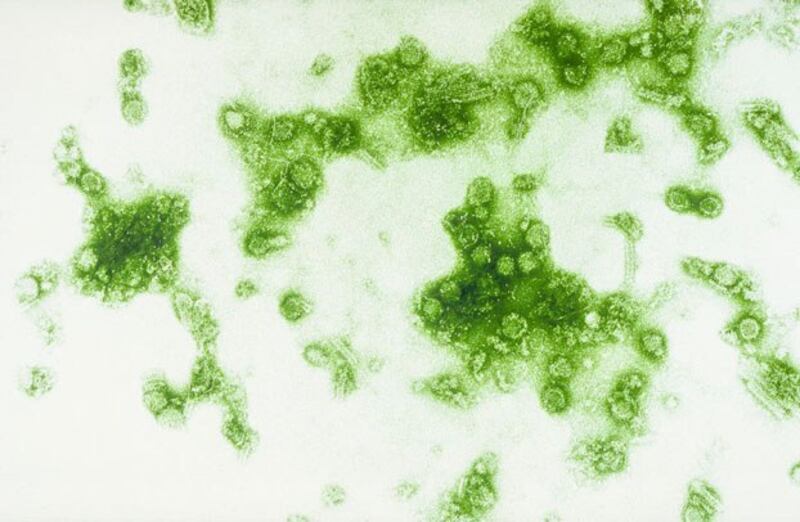It’s the rainy season in Laos, and the number of dengue infections is on the rise. The mosquito-borne illness is endemic in Laos and other Southeast Asian nations that have tropical climates and monsoon seasons. As a public health issue, dengue has plagued the region for decades and will continue to do so in the years to come, scientists say.
What is dengue?
Dengue fever is spread to humans by the bite of an infected female Aedes species mosquito. Many cases are asymptomatic, though others can result in mild febrile symptoms typically lasting up to a week. In the worst cases, dengue infections can lead to shock, internal bleeding, organ impairment or death.
Why is it prevalent in Southeast Asia?
Southeast Asia has tropical and subtropical climates, heavy rainfall and intense humidity, especially during the monsoon season from May to November, making the region an ideal breeding ground for mosquitoes. Dengue is prevalent for other reasons, including global warming, increased human movement, population growth in urban areas, ineffective preventive strategies, the unavailability of a vaccine, poor waste management systems, and competing health priorities.
RELATED STORIES
[ Laos grapples with high dengue infection rates amid rainy seasonOpens in new window ]
[ UN: Asia bears brunt as climate change threatens health gainsOpens in new window ]
[ Deadly dengue outbreaks strike Rohingya camps, Bangladesh citiesOpens in new window ]
[ COVID-19 crisis complicates dengue prevention efforts in Southeast AsiaOpens in new window ]
[ Five die of dengue fever in Vietnam, as number of cases climbsOpens in new window ]
How many people have been infected?
So far this year, the number of confirmed cases of dengue infections is lower than they were during the first half of 2023 in the Southeast Asian countries RFA covers — Cambodia, Laos, Myanmar and Vietnam. Nevertheless, infection rates remain high in some nations. Vietnam, for instance, has reported 18,724 cases and three deaths to date, according to the World Health Organization's global dengue surveillance tracker. In some cases, infection figures reported by the health ministries of individual countries are higher than those of the WHO.

Among other Southeast Asian nations, Indonesia has seen a surge in dengue incidence, with 91,201 confirmed cases and 640 deaths to date – about three times higher than the figure during the same period in 2023. Malaysia has reported 75,263 cases and 60 deaths. Many endemic countries, including those in Southeast Asia, lack strong detection and reporting mechanisms, so real figures are underestimated, the WHO says.
What can be done to prevent it?
In the absence of a vaccine and specific treatment, dengue will remain an important public health problem in Southeast Asia. Efforts to reduce the risk of infections must focus on environmental management, including improved water supplies, proper waste disposal, the use of mosquito-proof doors and windows, the use of insecticides and repellents, and personal protective measures. Public awareness campaigns and regular entomological monitoring and control programs are also necessary.
Edited by Matt Reed.
